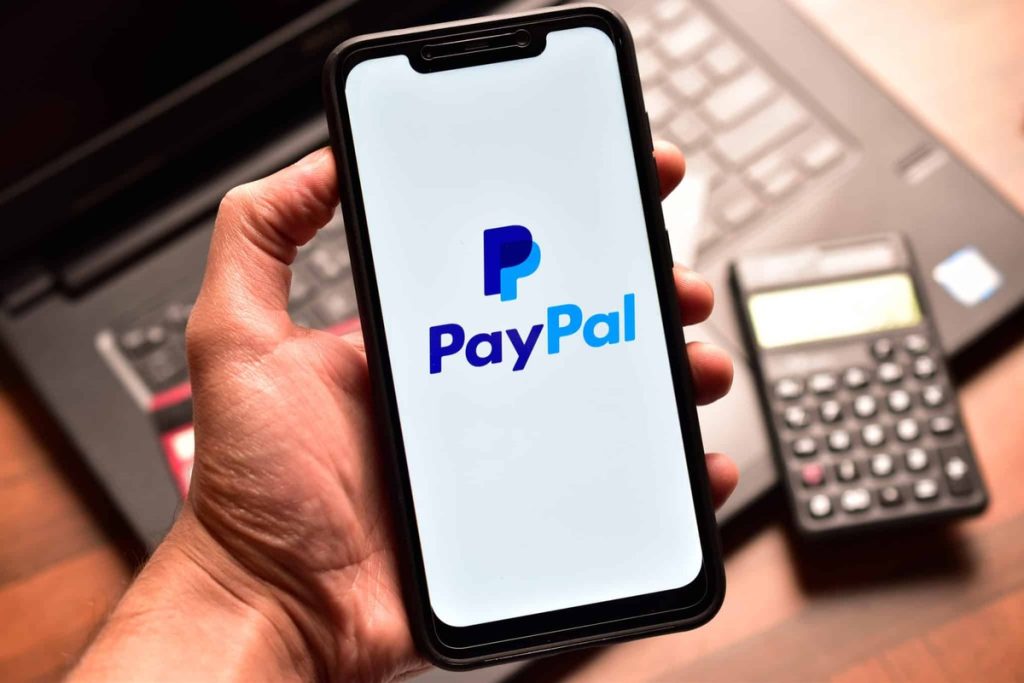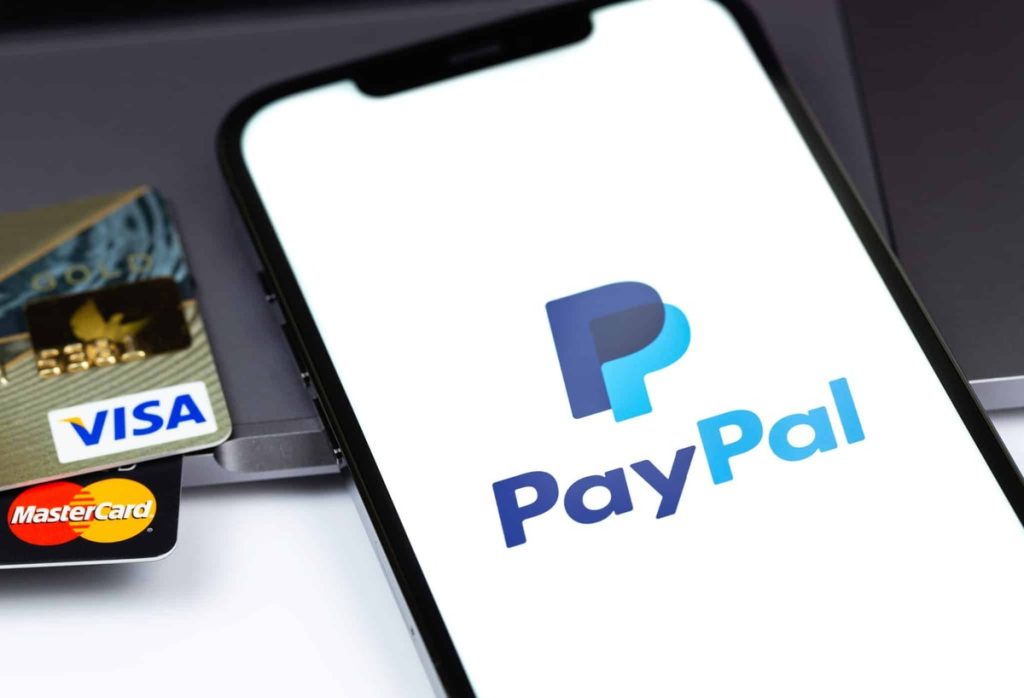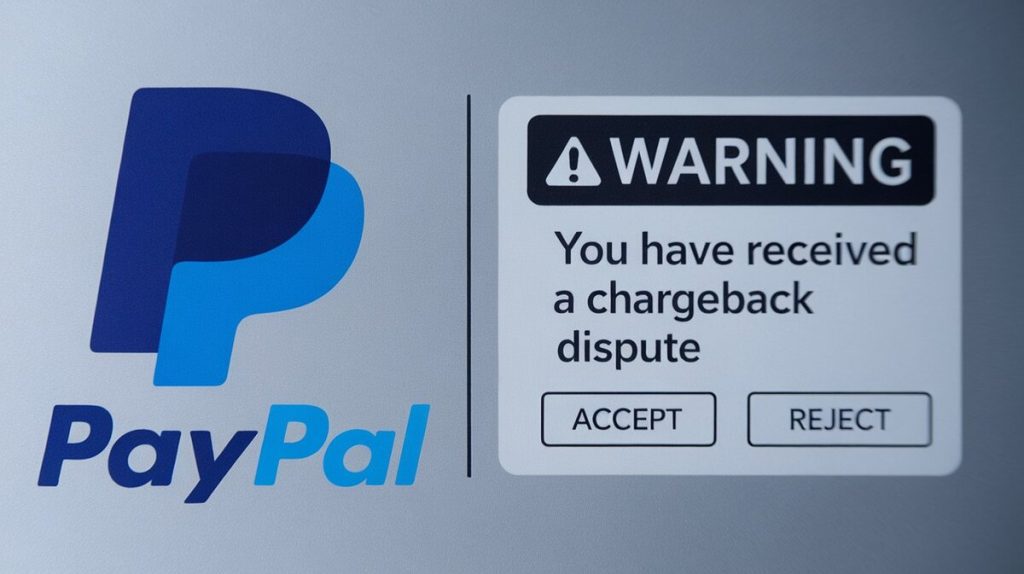PayPal chargebacks can seriously impact your business, resulting in financial losses, customer trust issues, and account limitations. Chargebacks occur when a customer disputes a payment, and PayPal returns the funds to the customer, leaving the merchant to cover losses, fees, and sometimes penalties. The following guide provides straightforward strategies for reducing chargebacks, using data-driven approaches and industry recommendations.
Understanding PayPal Chargebacks
A chargeback occurs when a customer disputes a payment, usually initiated through their credit card issuer. If PayPal finds the chargeback valid, the funds are taken from the seller’s account. This process not only impacts cash flow but can lead to account limitations and higher fees for repeated offenses. According to Visa, customers typically have 120 days to dispute a charge.
Key Causes of PayPal Chargebacks
The most common reasons include:
- Fraudulent transactions
- Items not received
- Items not as described
- Unauthorized transactions
Table 1: Main Causes of Chargebacks (2023)
| Cause | Percentage of Chargebacks |
|---|---|
| Fraudulent transactions | 45% |
| Items not received | 25% |
| Items not as described | 20% |
| Unauthorized transactions | 10% |
Preventing PayPal Chargebacks
Preventing chargebacks is critical. Here are key strategies.
1. Provide Accurate Product Information
Merchants frequently face chargebacks due to misunderstandings about products. Ensure all product descriptions are detailed, clear, and accurate. Use high-quality images from multiple angles to ensure the product is well-represented. Companies like Checkout.com report that accurate descriptions reduce chargeback rates by up to 30%.
2. Use Fraud Detection Tools
Fraud detection tools like address verification services (AVS) and card security codes (CVV/CVC) help verify the identity of buyers. Implementing 3D Secure 2.0 (a secure authentication method endorsed by Visa and Mastercard) can lower fraud-related chargebacks by as much as 70%.
Table 2: Effectiveness of Fraud Prevention Methods
| Method | Chargeback Reduction (%) |
|---|---|
| 3D Secure 2.0 | 70% |
| Address Verification | 40% |
| Card Security Codes (CVV) | 30% |
3. Confirm Deliveries
For physical goods, always use delivery confirmation tools like signature on delivery or tracking numbers. These provide clear proof that the customer received the product, which can be critical when disputing chargebacks.
4. Provide Excellent Customer Service
Respond quickly to customer inquiries and resolve issues before they escalate into chargebacks. Addressing customer concerns early can prevent 85% of chargebacks. Make sure your refund and return policies are clear and easy to find.
5. Automated Chargeback Management
Automating dispute management saves time and reduces chargebacks. Merchanto.org, an official Visa and Mastercard partner, offers automated chargeback management tools that help businesses reduce disputes by up to 50%. For more information, visit Merchanto.org.
6. Transparent Policies
Displaying your refund, return, and cancellation policies during checkout ensures customers know the rules upfront, reducing the chance of disputes. PayPal encourages merchants to make these policies easily accessible, lowering the risk of misunderstandings.

PayPal Seller Protection
PayPal offers Seller Protection for certain transactions, protecting merchants from disputes related to unauthorized payments and items not received. To qualify for Seller Protection:
- Ship the product to the buyer’s PayPal-verified address.
- Use a reputable carrier that provides proof of delivery.
- Respond to PayPal’s documentation requests within 10 days.
Seller Protection can reduce disputed transaction costs by up to 50% if used correctly.
Steps to Take After Receiving a Chargeback
If a chargeback is initiated, it’s essential to act quickly:
- Collect Documentation: Gather evidence such as proof of delivery and any relevant communication with the buyer.
- Submit Evidence: Use PayPal’s Resolution Center to submit this evidence within the 10-day window.
- Contact the Buyer: Often, directly resolving the issue with the buyer can prevent the dispute from escalating further.
- Appeal if Necessary: If you lose a chargeback, you can file an appeal within 30 days. However, success rates for appeals are lower.
Data on Chargeback Trends
Global chargebacks have been steadily increasing, primarily due to the rise of friendly fraud (where a legitimate transaction is disputed). According to Visa’s Chargeback Report for 2023, global chargeback losses totaled $125 billion. Friendly fraud now accounts for 61% of all chargebacks.
Table 3: Global Chargeback Trends (2021-2023)
| Year | Chargeback Losses (USD) | Friendly Fraud (%) |
|---|---|---|
| 2021 | $90 billion | 54% |
| 2022 | $110 billion | 58% |
| 2023 | $125 billion | 61% |

Advanced Strategies for Reducing Chargebacks
1. Automate Fraud Detection
Using automated fraud detection tools that employ machine learning can significantly reduce chargeback rates. Platforms estimate that automated fraud systems reduce disputes by up to 65%.
2. Analyze Chargeback Data
Analyzing chargeback data helps identify patterns in customer behavior. For instance, if certain products or regions have higher chargeback rates, adjustments can be made. Mastercard’s Chargeback Insights suggests that understanding patterns can reduce chargebacks by 30%.
3. Implement Strong Customer Authentication
PSD2 regulations in Europe now require Strong Customer Authentication (SCA), including two-factor authentication. According to Visa, this reduces fraudulent chargebacks by up to 90%. For merchants processing payments in the European Economic Area (EEA), compliance with SCA is mandatory.
Conclusion
Reducing chargebacks is critical to maintaining cash flow and avoiding account limitations. By using strategies like accurate product descriptions, fraud prevention tools, and PayPal’s Seller Protection, you can lower your risk of disputes. Merchants using automated chargeback management tools from trusted partners can further minimize their risk and recover lost revenue.
For more information on effective chargeback prevention strategies, refer to industry sources like Visa, Mastercard, and PayPal, as well as trusted payment processors.



